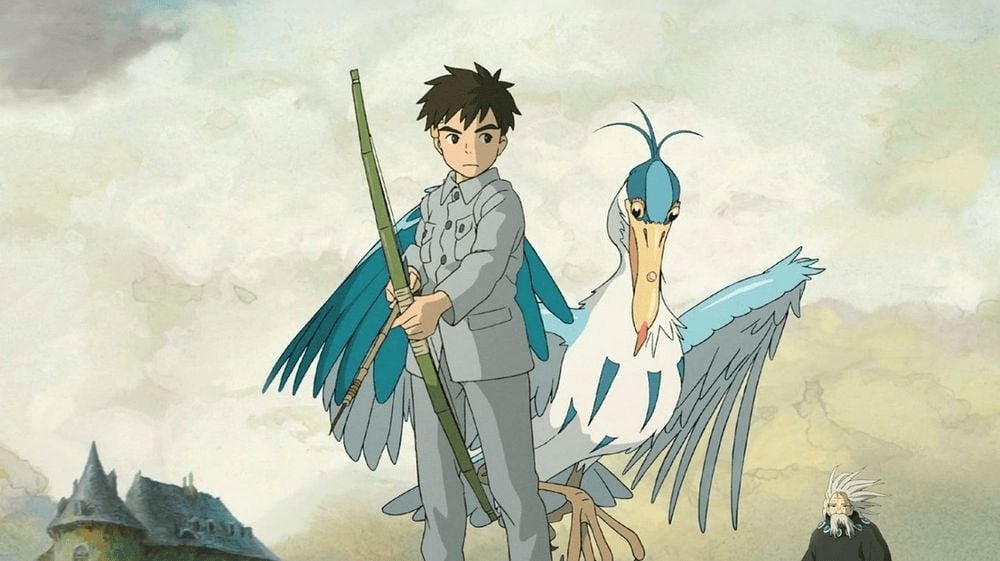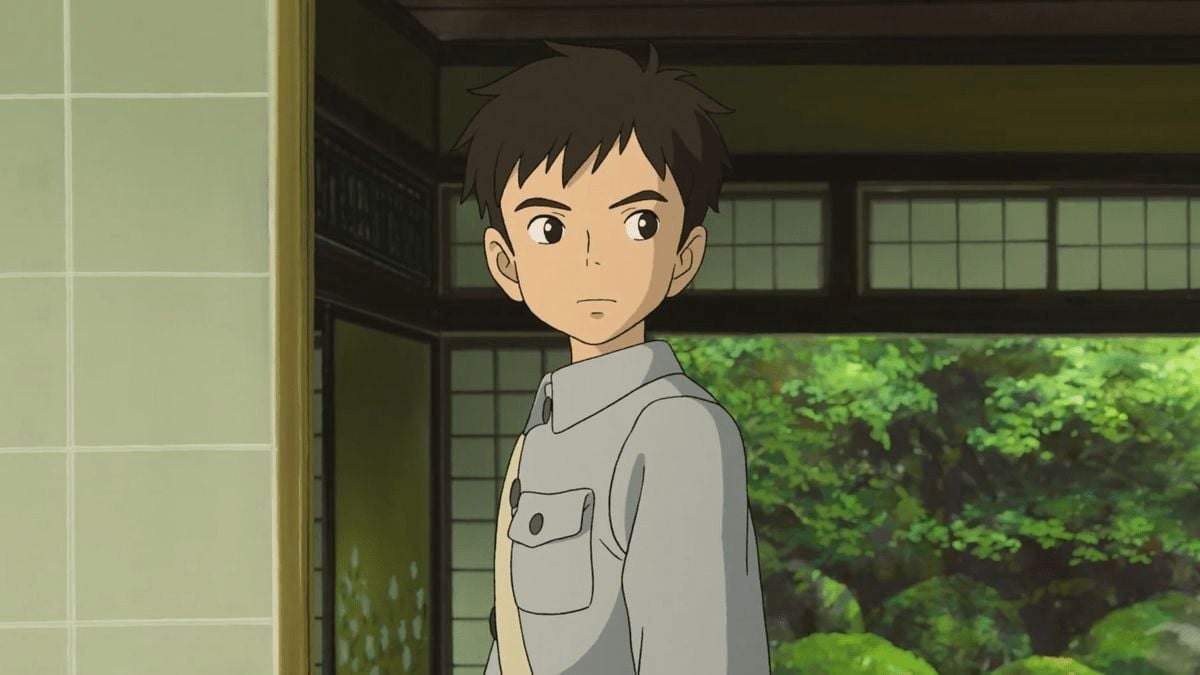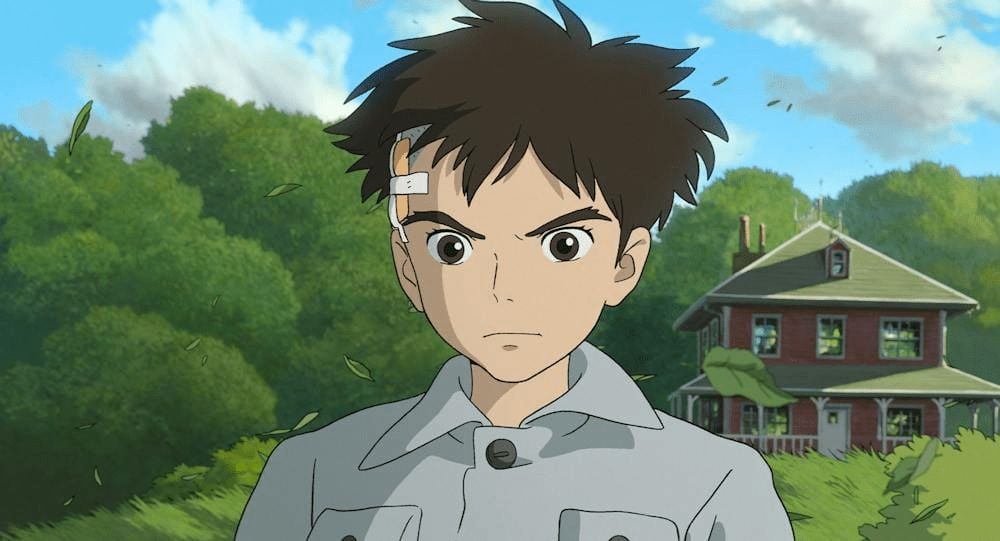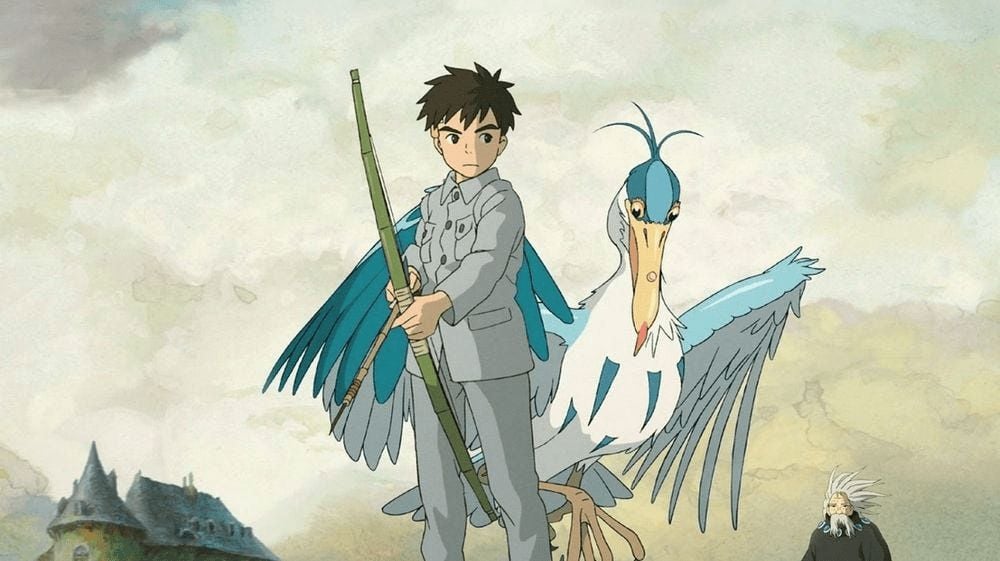Welcome to a contemplative exploration of ‘The Boy and the Heron’, a tale that has captured hearts with its poignant storytelling and breathtaking visuals. While the show has received acclaim for many of its standout scenes, today we turn our gaze to those moments that have not basked in the spotlight as they should. These scenes, brimming with subtlety and depth, deserve a second look for their storytelling, emotional impact, or technical achievement.
The Initial Meeting That Set the Stage
The first encounter between Mahito and the heron is more than just a meeting; it’s the foundation of an extraordinary relationship. In this scene, we witness Mahito seeking solace in a hidden dimension, where he’s greeted by an impish spirit residing within a grey heron. This moment is crucial as it sets the tone for the entire series, with its delicate foreshadowing and portrayal of a burgeoning bond that will grow stronger with each episode.
A Quiet Conversation
In an exceptional display of visual storytelling, we find a scene where Mahito and his feathered companion communicate without words. The director’s masterful use of silence speaks volumes, as each gesture and glance conveys complex emotions that dialogue could scarcely touch. This silent communication is a testament to the show’s strength in depicting profound connections beyond the spoken word. 

The Tempest of Emotions
Amidst the series’ many dramatic moments lies the storm scene, a tour de force of cinematography and acting that captures Mahito’s internal tempest. As he grapples with his anger and sorrow, we are drawn into his world through the storm’s raw intensity, making it a pivotal yet underrated moment in his journey. 

A Goodbye That Echoes
The farewell scene between Mahito and his avian guide is steeped in emotional weight. It’s here we see a cap on an oeuvre of incalculable influence and unparalleled inspiration
. The subtleties in acting deliver a powerful goodbye that resonates with anyone who has ever had to let go. 

Reflections of Past and Present
In an artfully crafted montage, we see Mahito reflecting on his journey. The editing weaves together past and present into a single beautiful continuum of continuation
, allowing us to delve into Mahito’s introspection as he seeks understanding from his pain. This montage is a subtle yet powerful narrative device that elevates the series’ storytelling prowess. 

In sum, ‘The Boy and the Heron’ offers layers of narrative richness that may go unnoticed upon first viewing. These underappreciated scenes are integral to the show’s emotional tapestry, inviting us to rewatch with eyes open to its subtle artistry.

